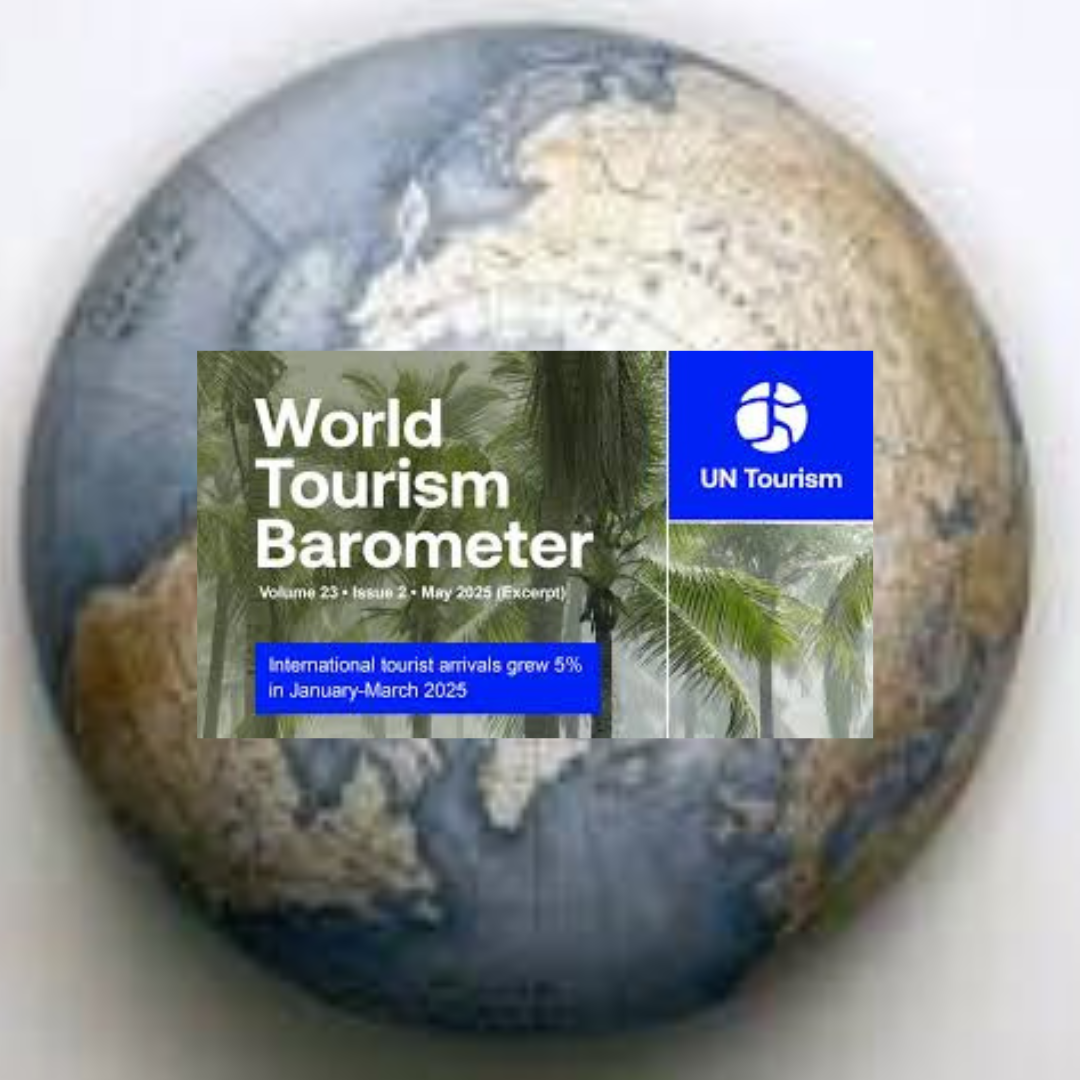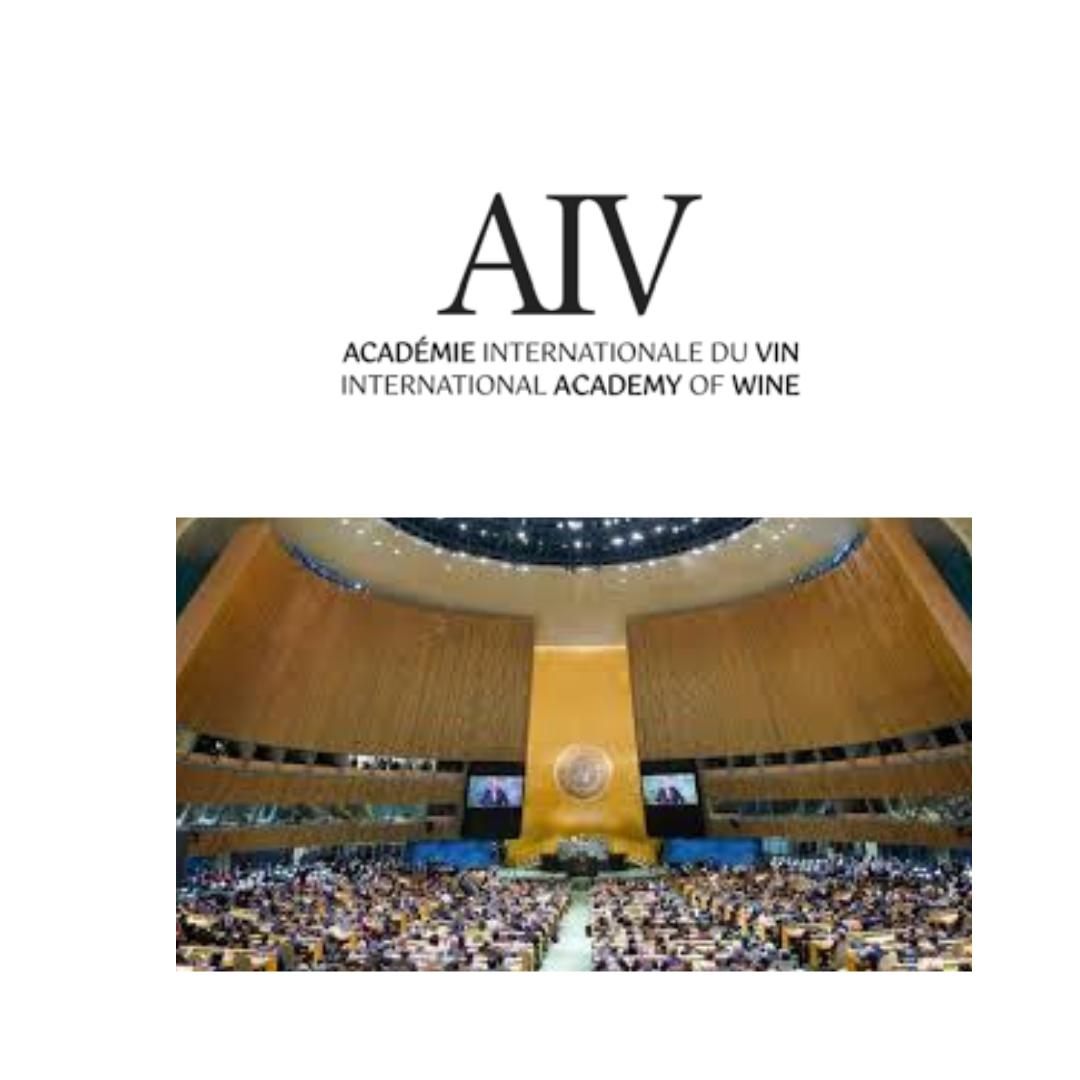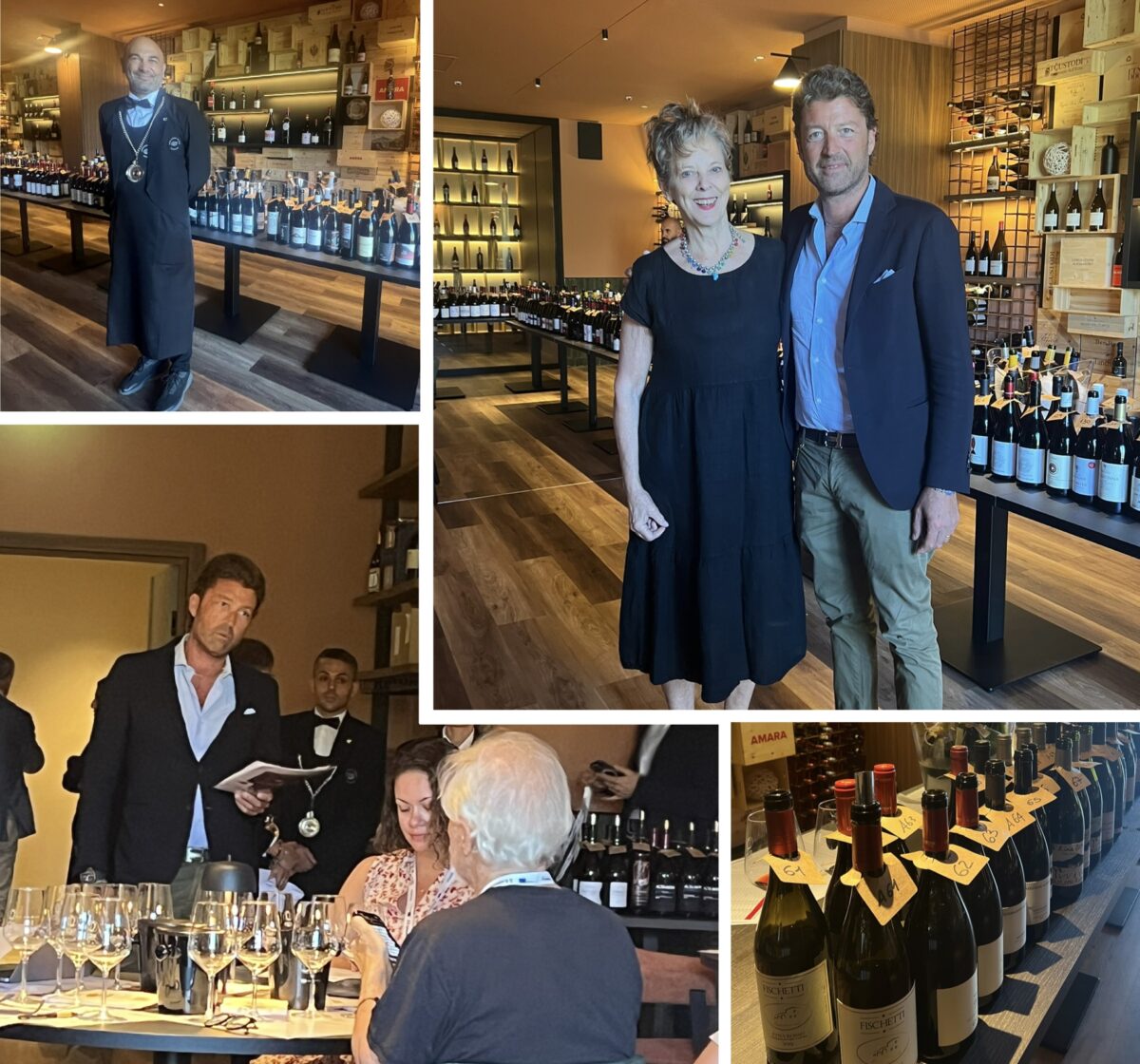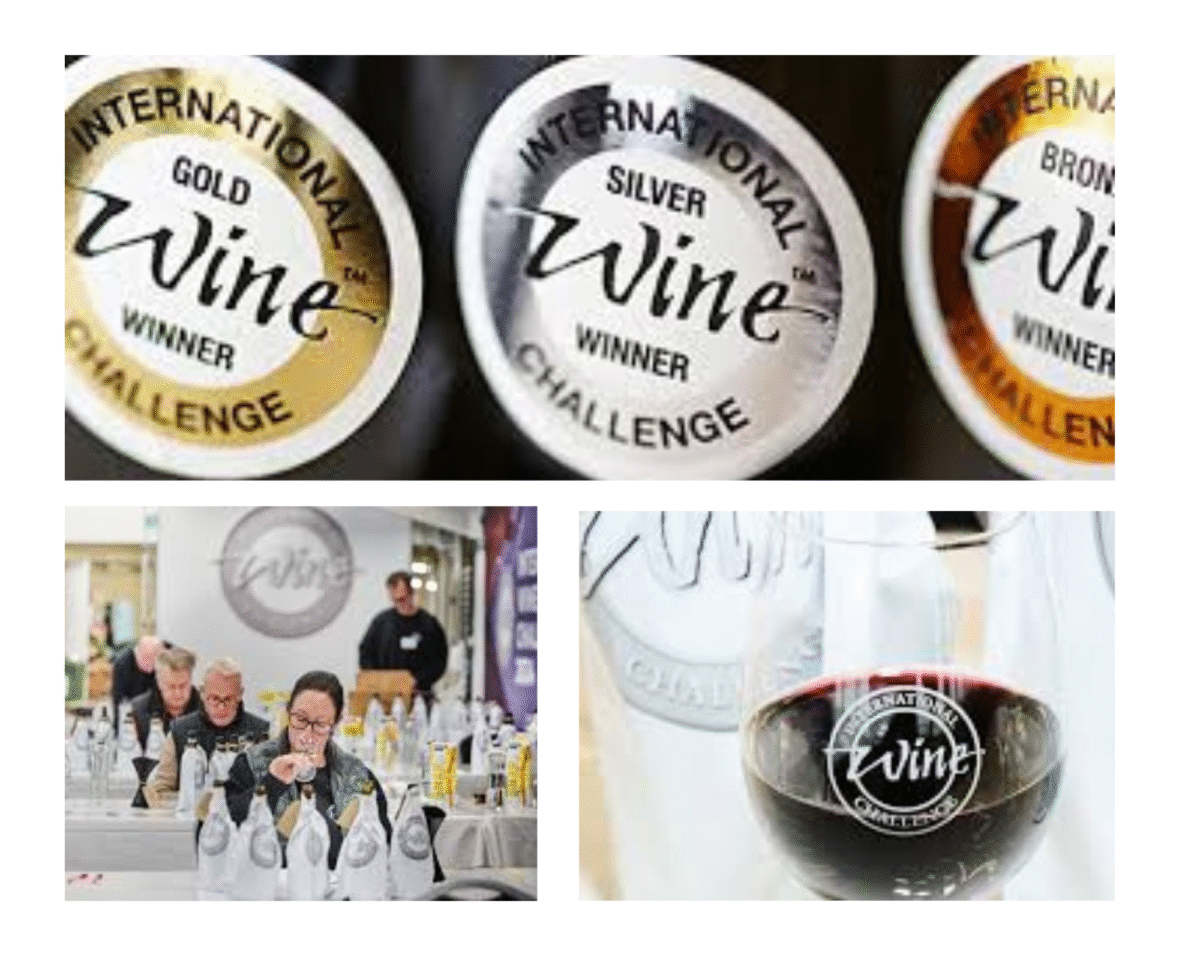International tourist arrivals grew 5% in January through to September 2025 compared to the same period in 2024 and 3% above the pre-pandemic year 2019.
According to the latest edition of the World Tourism Barometer, over 1.1 billion tourists travelled internationally between January and September this year, about 50 million more than in the same period of 2024.
Results reflect sustained travel demand throughout the year despite high inflation in tourism services and mixed traveller confidence due to geopolitical and trade tensions. The third quarter saw a 4% increase over 2024 with a strong Northern Hemisphere summer season.
UN Tourism Secretary-General Zurab Pololikashvili states: “International tourism has continued to experience sustained growth so far in 2025 in terms of international arrivals and most importantly in receipts, despite high inflation in tourism services and geopolitical tensions. Africa and Europe in particular stand out for their results.”
International tourism has continued to experience sustained growth so far in 2025 in terms of international arrivals and, most importantly, in receipts, despite high inflation in tourism services and geopolitical tensions
Africa continues to see the strongest performance among regions
The latest World Tourism Barometer analyzes international tourism over the first nine months of 2025 by region and sub-region. Key takeaways include:
Africa saw a 10% increase in arrivals through September, according to limited available data. Both North Africa (+11%) and Sub-Saharan Africa (+10%) recorded double-digit growth in arrivals.
Europe, the world’s largest destination region, saw 625 million international tourists between January and September 2025, a 4% increase from the same months in 2024. All European subregions enjoyed solid results during the third quarter, reflecting a strong summer season. Western Europe (+5%) and Southern Mediterranean Europe (+3%) saw robust performance, while Northern Europe (-1%) recorded more modest results. Central and Eastern Europe continued to rebound strongly (+8%), though arrivals remained 11% below 2019 levels.
The Americas recorded 2% growth this period, with a 3% increase in Q1 and Q2 but a slight drop in Q3 (-1%). Results among subregions were mixed. South America (+9%) enjoyed the best performance, despite a flat third quarter. North America (-1%) saw weaker results, partly due to small declines in the United States and Canada. Arrivals in Central America increased 3% through September, while the Caribbean (+1%) recorded comparatively more modest growth.
Arrivals in the Middle East grew 2% in January-September compared to the same period in 2024. This represents 33% more arrivals than in 2019, the strongest regional results relative to the pre-pandemic year.
Arrivals in Asia and the Pacific grew 8% in the first nine months of 2025, reaching 90% of pre-pandemic numbers (-10% compared to January-September 2019) as the region continues to recover. North-East Asia stood out with a 17% increase in arrivals relative to 2024 but remained 12% below 2019 levels.
Some of the highest growth rates in arrivals in January-September 2025 were recorded in Brazil (+45% versus 2024), Vietnam and Egypt (both +21%), as well as Ethiopia and Japan (both +18%). South Africa reported 17% growth, Sri Lanka and Mongolia both 16%, and Morocco 14%. All of these destinations have already surpassed 2019 levels.
According to IATA, international air traffic (RPKs) grew 7% in January-September 2025 versus the same months of 2024. International air capacity (ASKs) increased 6% in these nine months. Global occupancy in accommodation establishments reached 68% in September 2025, matching the rate of September 2024 (based on STR data).
Strong visitor spending across most destinations
Monthly data on international tourism receipts show strong visitor spending in several destinations through September 2025. Japan (+21%), Nicaragua (+19%), Egypt (+18%), Mongolia and Morocco (both +15%), Latvia (+13%), Brazil (+12%) and France (+9%) were among the best performers in terms of growth in receipts in the first nine months of 2025.
Strong demand can also be seen in outbound spending from some large markets such as the United States (+7% through August), France (+5%), Germany and Italy (both +4%), as well as Spain (+15% through August) and the Republic of Korea (+7%).
Results on track to reach projected growth for 2025, despite challenges
According to UN Tourism’s projection in January this year, international tourist arrivals are expected to grow 3% to 5% in 2025. While results through September are in line with UN Tourism’s forecast, factors such as high travel prices and a challenging geopolitical environment remain important downside risks.
The latest data confirms what destinations, airlines, and hospitality leaders have been sensing all year: global travel is not just recovering, it’s accelerating with remarkable strength. Rising arrivals across every region, combined with solid visitor spending and improving air capacity, show that tourism’s momentum is both broad and resilient. Despite inflationary pressures and geopolitical uncertainties, travellers continue to explore, connect, and invest in experiences at scale. As the industry heads into the final stretch of 2025, the outlook remains strongly positive. Tourism is proving once again that it is one of the world’s most adaptable sectors, shaping cultures, supporting economies, and moving confidently into a new era of growth.
SOURCE: UN TOURISM





